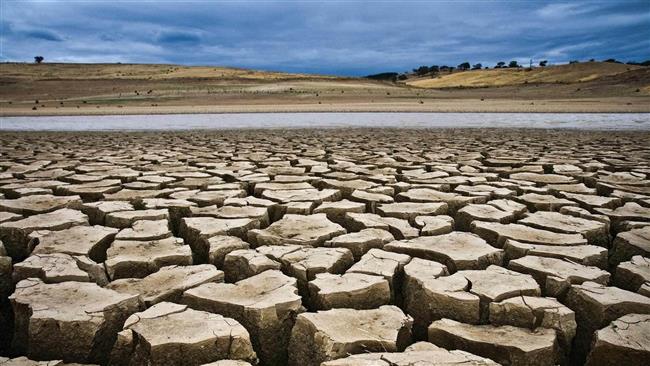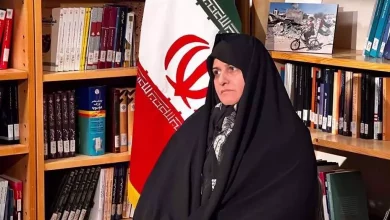Iran to use ancient remedy for its water crisis


Iran says it is working on a project to look for water from underground resources – what could take the country back to ancient times when the inhabitants dug deep wells to answer water shortages.
Sattar Mahmoudi, Iran’s deputy energy minister, was quoted by the domestic media as saying that the project envisages looking for underground water resources as deep as 2,000 meters, stressing that the country will use Russia’s help for this.
Mahmoudi added that the government has allocated a budget of Rials 200 billion ($5.7 million) to conduct the required studies.
The official added that eastern parts of Iran are specifically believed to contain underground formations that hold significant volumes of water – what is technically referred to as the ‘fossil water’ remaining from ancient seas.
“Iran is planning to study the underground resources in the east in cooperation with the Russians,” he told Iran’s IRNA news agency.
“A basic agreement to the same effect has been signed between Tehran and Moscow and some limited studies have also been carried out.”
Hedayat Fahmi, the director for water resources planning department of Iran’s Energy Ministry, was quoted by IRNA as saying that certain segments of Iran’s underground water resources come to surface in subsea fountains in the Persian Gulf.
It is also likely that Iran’s underground water resources emerge in fountains in certain Persian Gulf littoral states and also in subsea fountains in the Oman Sea, Fahmi added.


Earlier, Iran’s Energy Minister Hamid Chitchian announced that Iran is in a critical situation in terms of its water resources.
To the same effect, Iran’s Energy Ministry – which is in charge of regulating the water sector – had earlier warned that above 500 cities of the country are struggling with the shortage of drinking water.
Officials blame Iran’s water crisis on the changing climate and frequent droughts. However, they have also warned that reckless consumption is already deteriorating the situation.
In ancient Iran, inhabitants in dry places built a series of well-like vertical shafts or Qanats to transport water from an aquifer or deep water well to surface for irrigation and drinking. These Qanats – some 34,000 of which still remain today – are believed to have been developed by Persians in the early 1st millennium BC and later spread westward and eastward.




